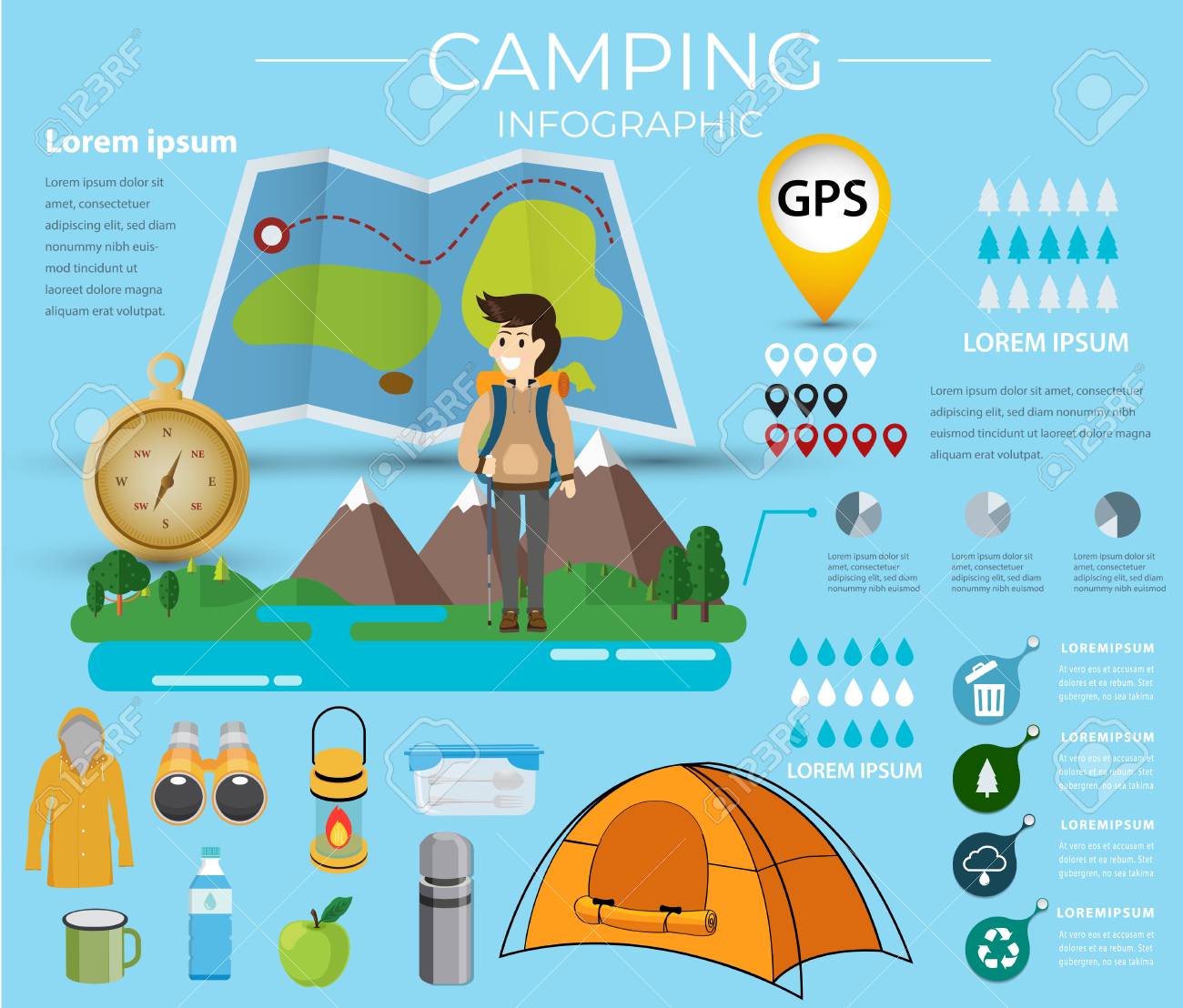Winter camping is a fun and adventurous experience, but it needs appropriate equipment to guarantee you remain cozy. You'll require a close-fitting base layer to catch your temperature, in addition to a shielding jacket and a water resistant covering.
You'll additionally require snow risks (or deadman supports) hidden in the snow. These can be linked utilizing Bob's creative knot or a routine taut-line hitch.
Pitch Your Tent
Winter camping can be a fun and daring experience. However, it is very important to have the correct gear and know how to pitch your outdoor tents in snow. This will certainly avoid cold injuries like frostbite and hypothermia. It is also vital to consume well and stay hydrated.
When establishing camp, see to it to pick a website that is protected from the wind and without avalanche risk. It is also an excellent concept to pack down the area around your tent, as this will certainly help in reducing sinking from body heat.
Before you established your outdoor tents, dig pits with the exact same size as each of the support factors (groundsheet rings and man lines) in the center of the tent. Load these pits with sand, stones or even things sacks full of snow to compact and secure the ground. You might likewise want to take into consideration a dead-man support, which includes linking outdoor tents lines to sticks of wood that are hidden in the snow.
Pack Down the Location Around Your Camping tent
Although not a necessity in most locations, snow stakes (additionally called deadman supports) are an outstanding enhancement to your camping tent pitching kit when outdoor camping in deep or compressed snow. They are basically sticks that are made to be buried in the snow, where they will ice up and create a solid anchor factor. For finest results, make use of a clover hitch knot on the top of the stick and hide it in a few inches of snow or sand.
Establish Your Camping tent
If you're camping in snow, it is a good concept to make use of a tent made for wintertime backpacking. 3-season tents function fine if you are making camp listed below tree line and not anticipating particularly severe weather, but 4-season outdoors tents have stronger poles and materials and offer even more protection from wind and hefty snowfall.
Be sure to bring appropriate insulation for your sleeping bag and a cozy, completely dry inflatable floor covering to sleep on. Inflatable floor coverings are much warmer than foam and help stop cold areas in your camping tent. drawstring bag You can also add an additional mat for sitting or food preparation.
It's likewise an excellent idea to establish your tent near to an all-natural wind block, such as a group of trees. This will certainly make your camp more comfortable. If you can not find a windbreak, you can produce your very own by digging openings and burying things, such as rocks, tent stakes, or "dead man" supports (old tent person lines) with a shovel.
Tie Down Your Camping tent
Snow risks aren't necessary if you utilize the right methods to secure your tent. Hidden sticks (possibly collected on your technique walk) and ski poles function well, as does some variation of a "deadman" buried in the snow. (The idea is to produce a support that is so strong you won't have the ability to draw it up, even with a lot of initiative.) Some manufacturers make specialized dead-man anchors, however I favor the simplicity of a taut-line hitch connected to a stick and afterwards buried in the snow.
Know the surface around your camp, specifically if there is avalanche danger. A branch that falls on your tent might harm it or, at worst, wound you. Also watch out for pitching your tent on an incline, which can catch wind and lead to collapse. A sheltered area with a reduced ridge or hillside is far better than a steep gully.
